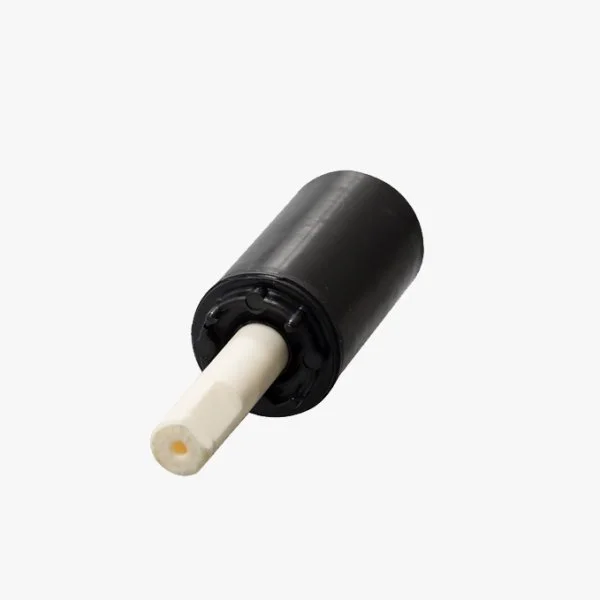In the digital age, printers remain an essential tool for both personal and professional use. However, encountering issues with your printer can be frustrating, especially when it refuses to print black despite having a full ink cartridge. This problem can stem from various factors, ranging from hardware malfunctions to software settings. In this article, we will explore the potential reasons behind this perplexing issue and provide practical solutions to get your printer back on track.
Understanding the Basics of Printer Functionality
Before diving into troubleshooting, it's crucial to understand how printers operate. Most inkjet printers use a combination of colored inks (cyan, magenta, yellow) and black ink to produce a wide range of colors. When the printer is functioning correctly, it should seamlessly blend these inks to create the desired output. However, when black ink fails to print, it can disrupt this process.
Common Causes of Black Ink Printing Issues
- Clogged Print Head Nozzles: One of the most common reasons for black ink not printing is clogged print head nozzles. Over time, ink can dry up and block the nozzles, preventing the ink from flowing properly. This issue is particularly prevalent in printers that are not used frequently.
- Incorrect Printer Settings: Sometimes, the issue may not be with the printer itself but rather with the settings. If the printer is set to print in draft mode or grayscale, it may not utilize the black ink cartridge effectively.
- Software Glitches: Printer drivers and software can occasionally malfunction, leading to communication issues between the computer and the printer. Outdated or corrupted drivers can result in improper printing functions.
- Faulty Ink Cartridge: Even if the ink cartridge appears full, it may still be defective. Issues such as air bubbles, manufacturing defects, or improper installation can prevent the ink from flowing correctly.
- Environmental Factors: Humidity and temperature can affect ink performance. High humidity can cause ink to clump, while extreme temperatures can affect the viscosity of the ink, leading to printing issues.
Step-by-Step Troubleshooting Guide
Step 1: Check the Ink Levels
Even if the ink cartridge appears full, it's essential to verify the actual ink levels through the printer's software or control panel. Some printers may inaccurately report ink levels, so consider replacing the cartridge if it seems suspicious.
Step 2: Clean the Print Head
Most printers come with a built-in cleaning utility that can help unclog the print head nozzles. Access this feature through the printer's software settings and follow the prompts to initiate a cleaning cycle. You may need to run this process multiple times for optimal results.
Step 3: Adjust Printer Settings
Ensure that your printer settings are configured correctly. Check the print quality settings and make sure it is set to normal or high quality. Additionally, confirm that the printer is not set to print in grayscale unless that is your intention.
Step 4: Update or Reinstall Printer Drivers
Outdated or corrupted printer drivers can lead to various printing issues. Visit the manufacturer's website to download the latest drivers for your printer model. If problems persist, consider uninstalling and reinstalling the printer software.
Step 5: Inspect the Ink Cartridge
Remove the black ink cartridge and inspect it for any visible defects. Ensure that it is installed correctly and that the protective tape has been removed. If you suspect the cartridge is faulty, try replacing it with a new one.
Step 6: Environmental Considerations
If you live in an area with high humidity or extreme temperatures, consider relocating your printer to a more stable environment. Additionally, ensure that the printer is kept clean and free from dust and debris.
When to Seek Professional Help
If you have tried all the above steps and your printer still refuses to print black, it may be time to consult a professional technician. There could be underlying hardware issues, such as a malfunctioning print head or internal components that require expert attention.
Conclusion
Experiencing issues with your printer not printing black can be frustrating, especially when you believe the ink is full. By understanding the potential causes and following a systematic troubleshooting approach, you can often resolve the problem without needing professional assistance. Regular maintenance, proper settings, and environmental considerations can help ensure your printer operates smoothly, allowing you to focus on what truly matters—your work.

Average Rating